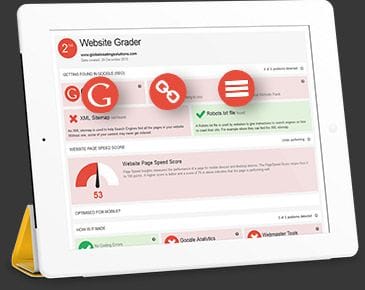Browser-size analysis with Google AnalyticsWritten on the 2 July 2014 Start browser-size analysis with Google Analytics You're already using Google Analytics to keep track of customer behaviour on your site and boost your business plan, but now it's time to explore the added benefits of the browser-size analysis tool. Getting to grips with Google Analytics A powerful webmaster tool designed to give you invaluable insight into how people interact with your website, Google Analytics is a must for all small and medium-sized businesses. If you aren't already using this free service, be sure to sign up with Google and have a look at our Google Analytics Q&A for answers to some of your burning questions. If you are already using Analytics to help refine your website, create a content strategy and perfect your landing pages, the new browser-size analysis tool is perfect for further refining your site. Understanding the browser-size analysis feature This new feature provides interesting information about the size of the browser windows your customers are viewing your website in. Why is this so important to know about? Because the section of page any one user can see in their browser can have a huge impact on your conversion rates. While desktop computer screens have been getting larger, many browser windows have stayed the same size. What's more, the massive rise in mobiles, tablets and laptops means there's more variety in screen size than ever before. If large chunks of your webpages aren't being seen by the average user, it's time to think about a redesign. How to use your browser feature You can find the tool by going to the Content section of Google Analytics and looking for In-Page Analytics. Information about browser sizes is alongside all the other options for seeing clickthrough percentages on your site. Click Browser Size and all of the parts of the page that are below the fold (not visible to users without scrolling) will be shaded. You can even click anywhere on the screen to see what percentage of visitors can see that particular section and control the threshold percentage by using the slider. By default, the tool shows you information about the page you’re currently viewing, but you can also choose to look at data for 'visitors to the site' or 'web users' so that you can compare it to different benchmarks. Using browser-size information to improve conversions The browser-size feature gives you the opportunity to find out how many of your web visitors actually see the important information on your pages. Are your calls to action above the fold or will most people on a small screen miss them completely? Are most people only seeing a busy header and a large image when they visit your landing pages? Can you see a big difference between the viewer percentages for desktops and mobile devices, and does this translate into a change in conversions? By analysing what percentage of people can see any given part of a page, you can start tweaking your site to ensure the most crucial elements are available to the largest number of visitors. For help setting up your analytics account and making the most of the information it offers, have a look at our Bloomtools guide to setting up Google Analytics |
Call us today: 866-929-3235




)
)
)
